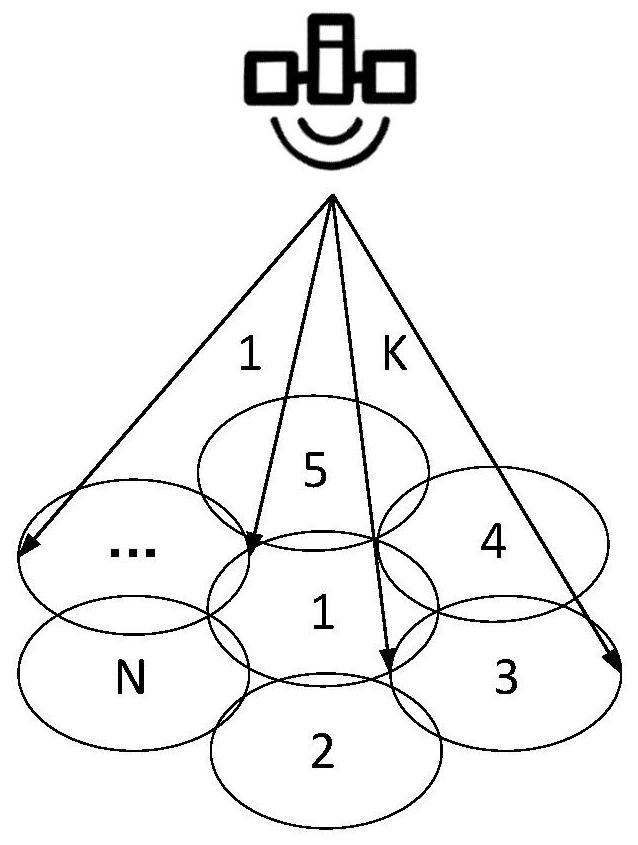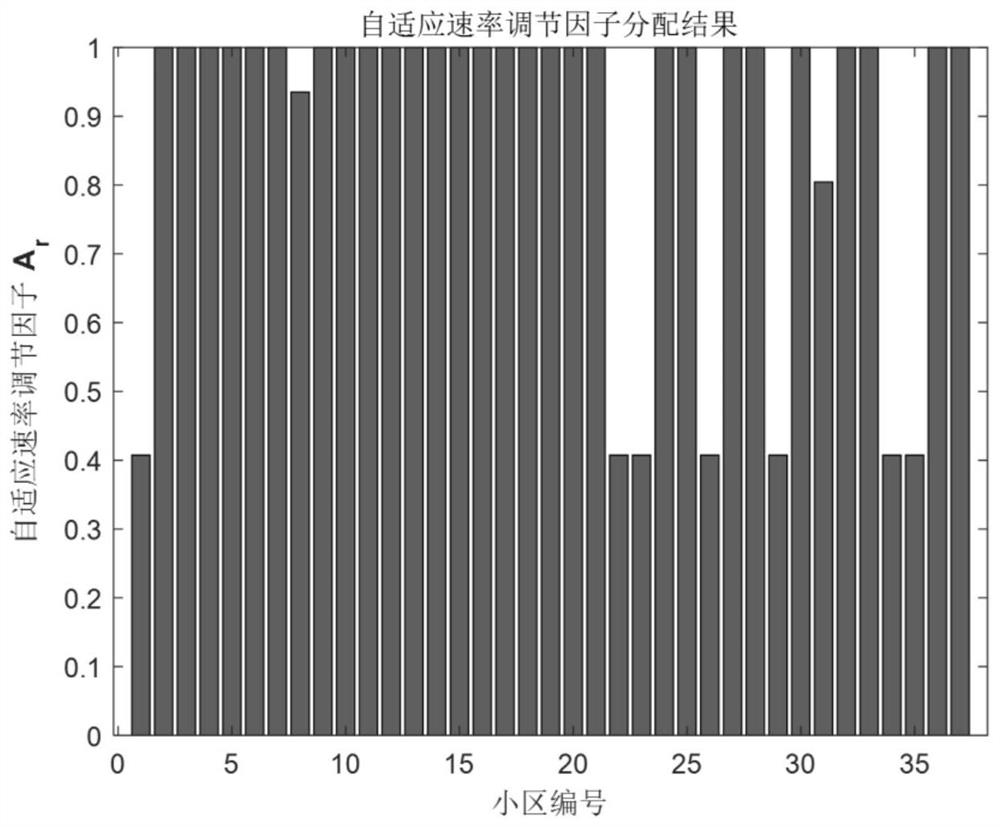High-throughput satellite beam on-demand scheduling method based on service priority and rate adaptation
A technology of rate adaptation and scheduling method, applied in the field of satellite communication, which can solve the problems of service order and priority, rapid changes, and reduced system energy efficiency.
- Summary
- Abstract
- Description
- Claims
- Application Information
AI Technical Summary
Problems solved by technology
Method used
Image
Examples
Embodiment Construction
[0052] Embodiments of the present invention are described in detail below, examples of which are shown in the drawings, wherein the same or similar reference numerals designate the same or similar elements or elements having the same or similar functions throughout. The embodiments described below by referring to the figures are exemplary and are intended to explain the present invention and should not be construed as limiting the present invention.
[0053] The method for on-demand scheduling of high-throughput satellite beams based on service priority and rate adaptation according to the embodiments of the present invention will be described below with reference to the accompanying drawings.
[0054] First, the parameters used in the embodiment of the present invention are defined and explained, such as figure 1 As shown, consider a low-orbit high-throughput satellite beam on-demand scheduling scenario, the number of beam cells is denoted as N, and the number of satellite do...
PUM
 Login to View More
Login to View More Abstract
Description
Claims
Application Information
 Login to View More
Login to View More - R&D
- Intellectual Property
- Life Sciences
- Materials
- Tech Scout
- Unparalleled Data Quality
- Higher Quality Content
- 60% Fewer Hallucinations
Browse by: Latest US Patents, China's latest patents, Technical Efficacy Thesaurus, Application Domain, Technology Topic, Popular Technical Reports.
© 2025 PatSnap. All rights reserved.Legal|Privacy policy|Modern Slavery Act Transparency Statement|Sitemap|About US| Contact US: help@patsnap.com



